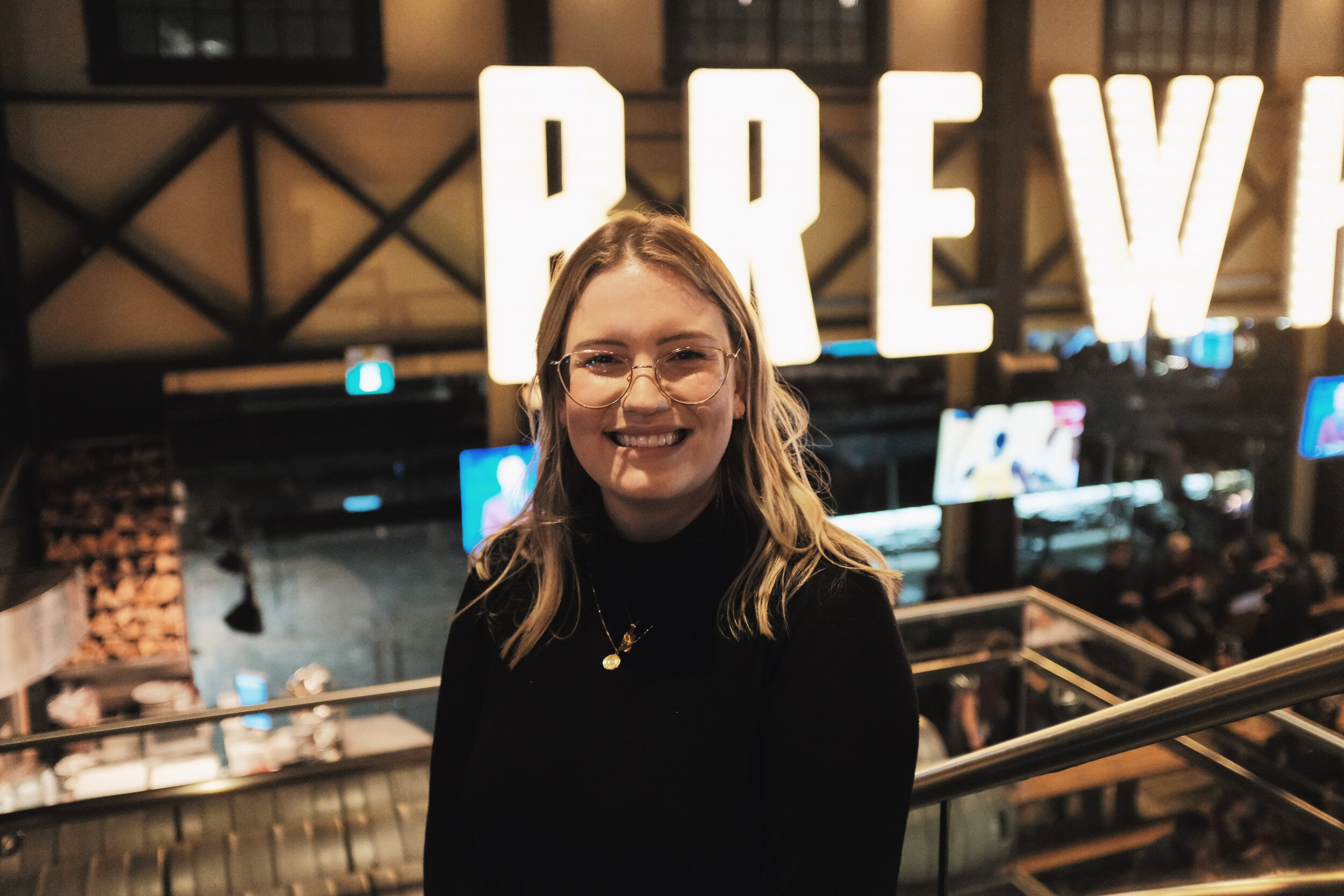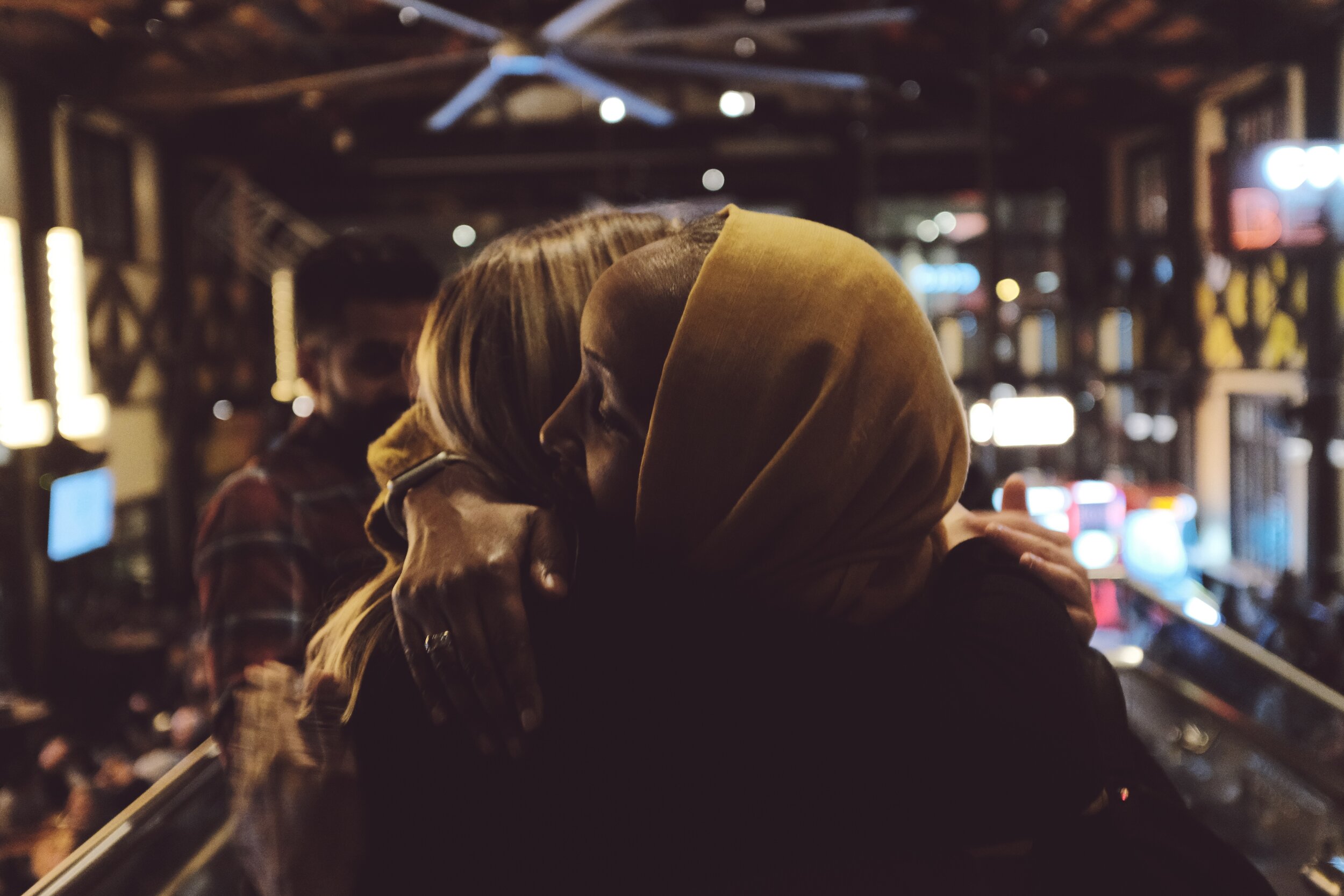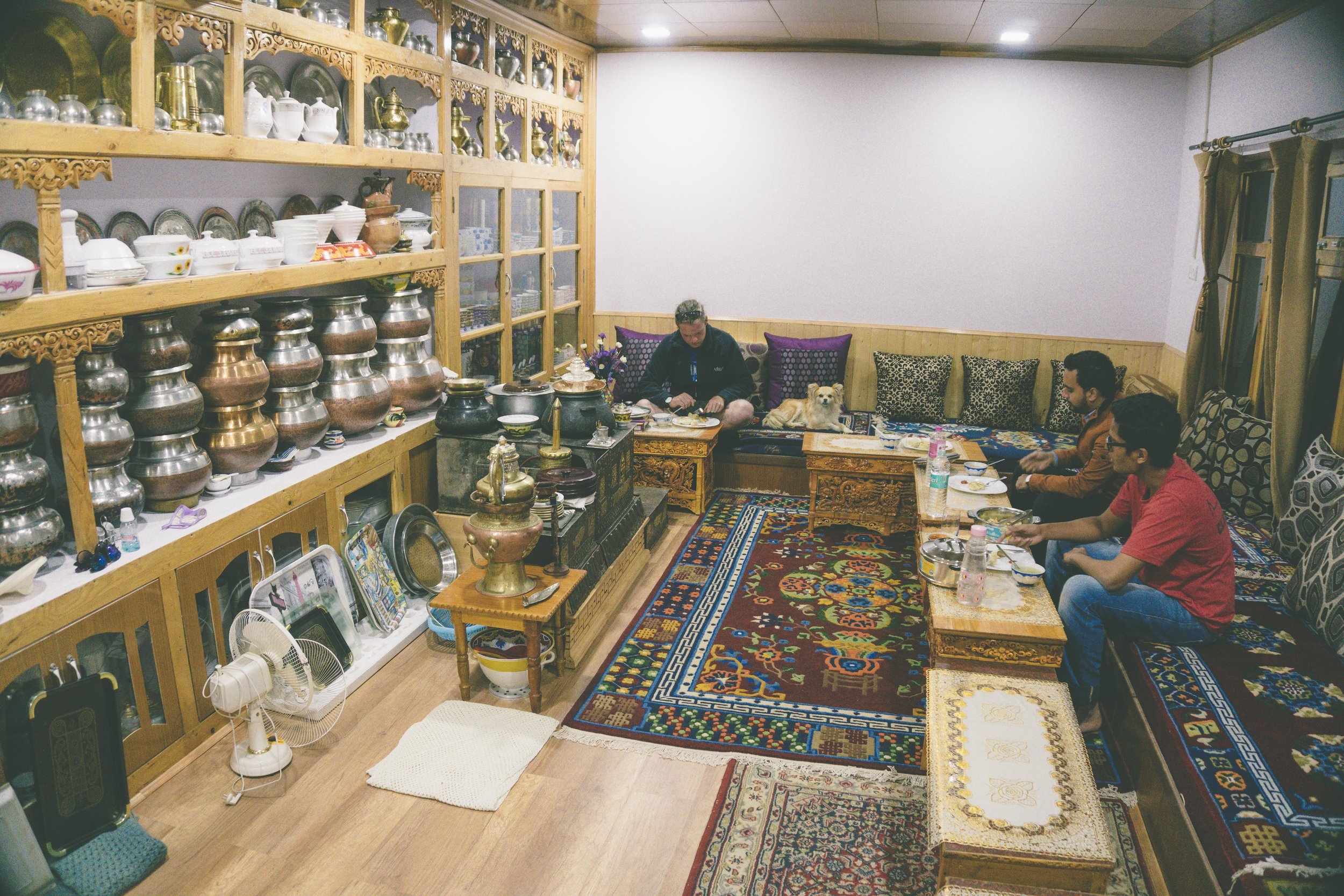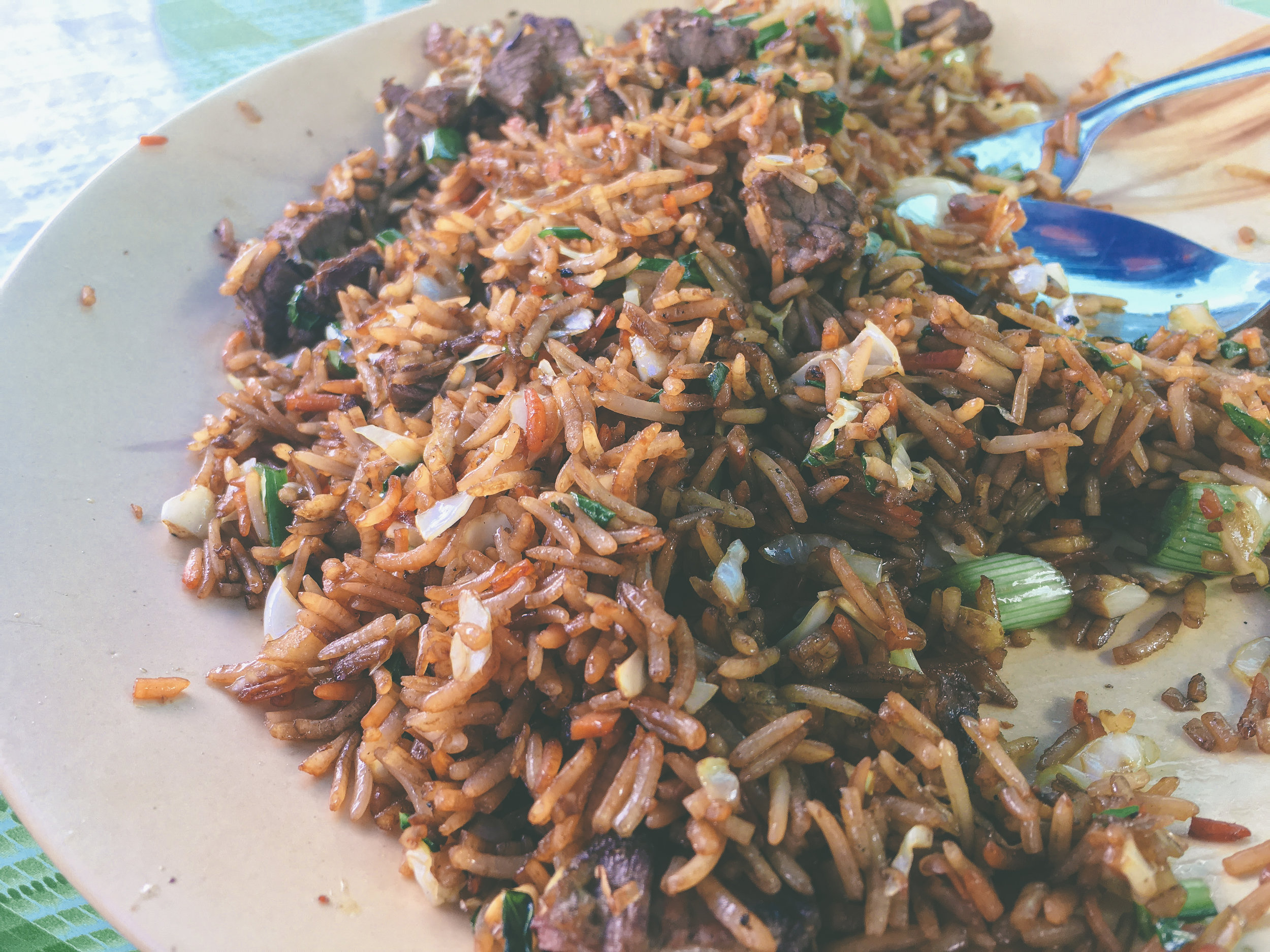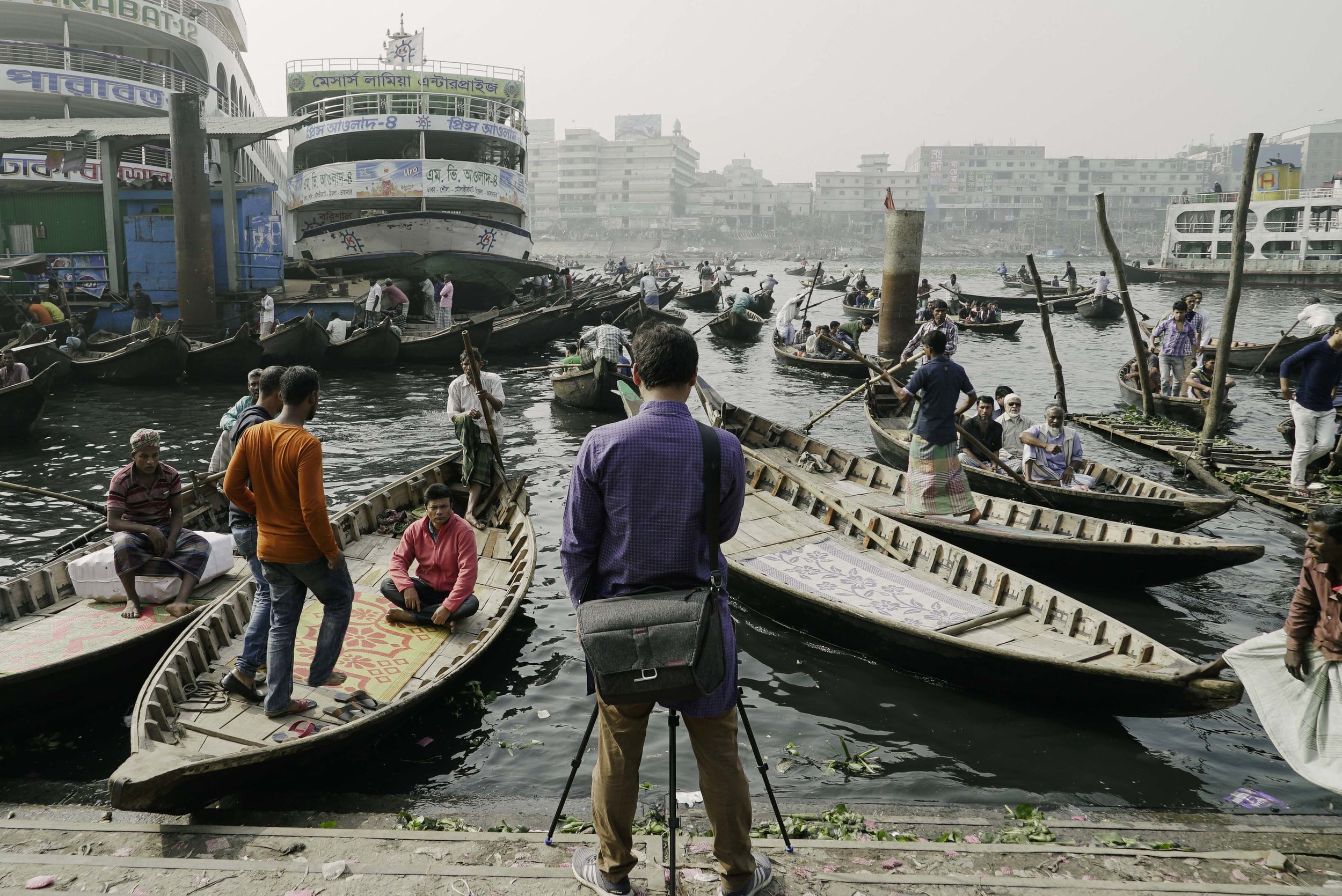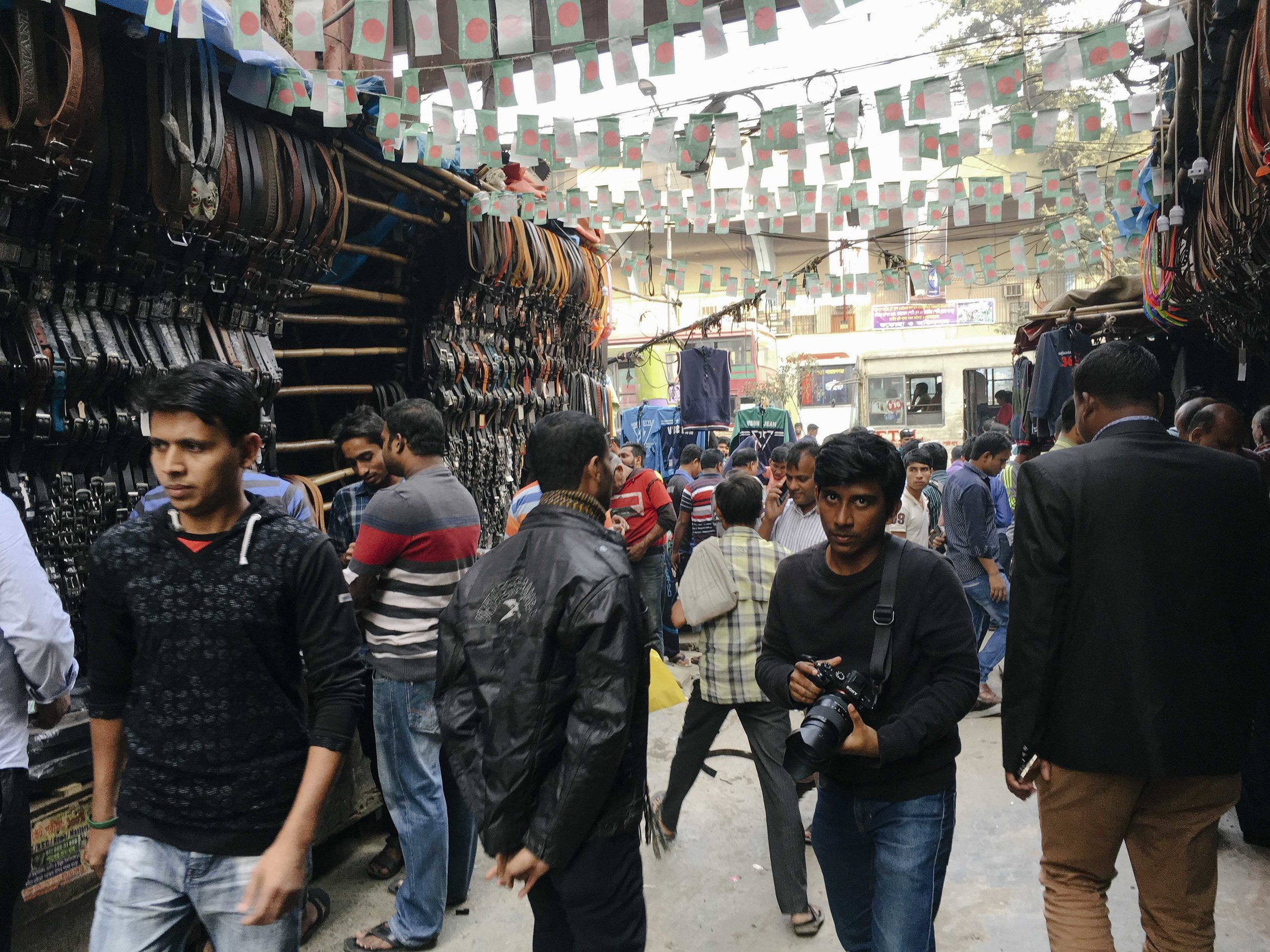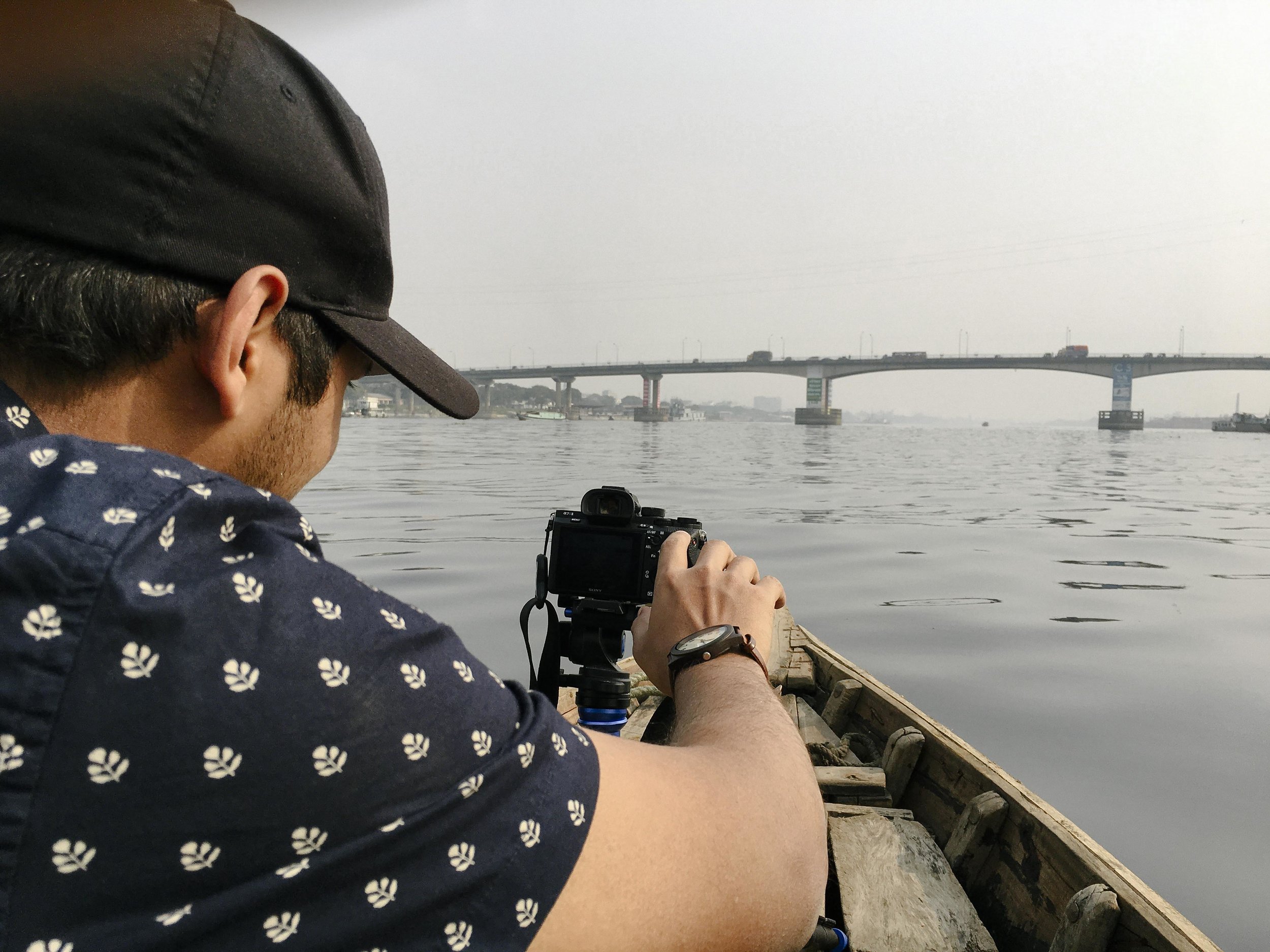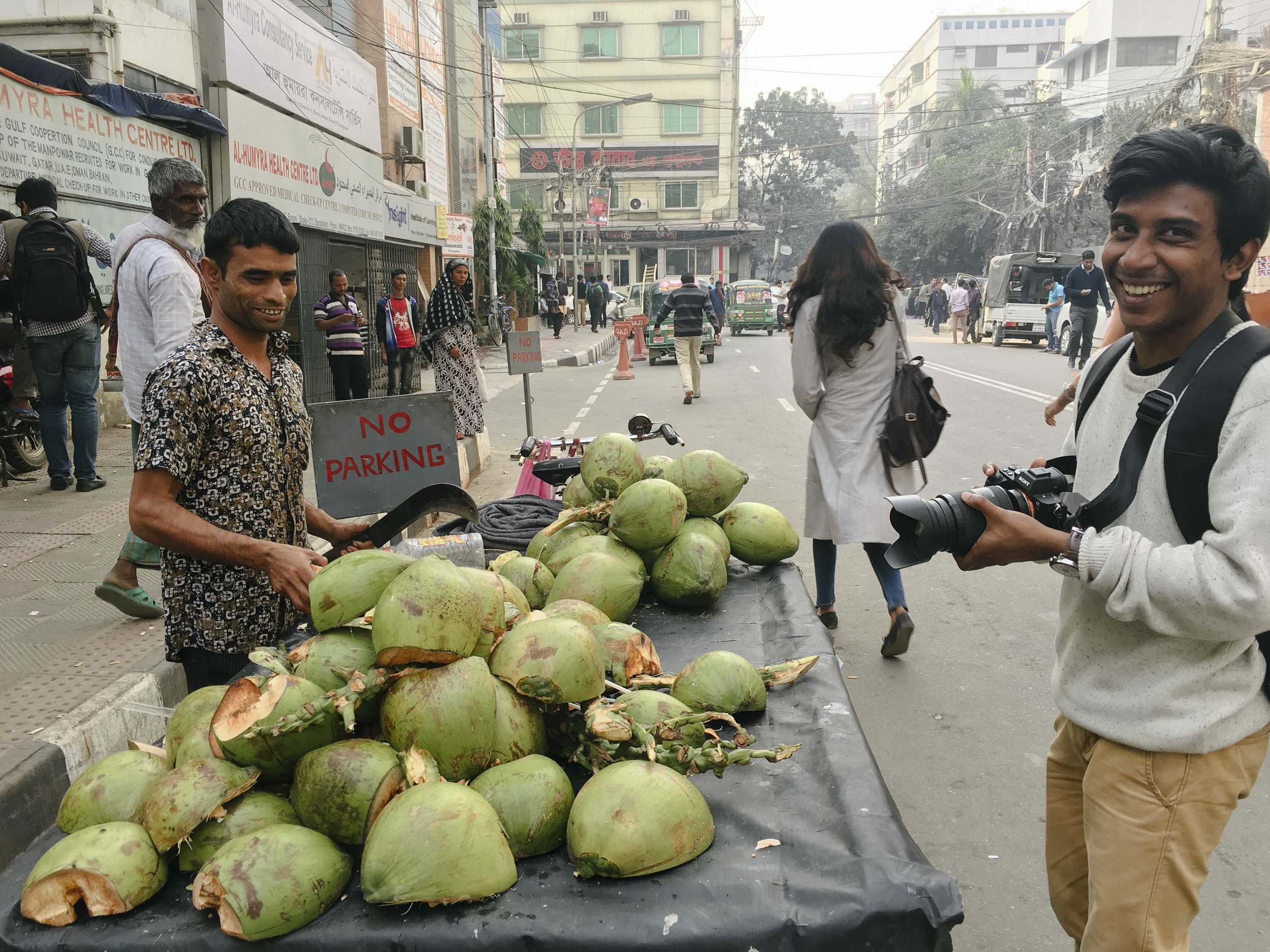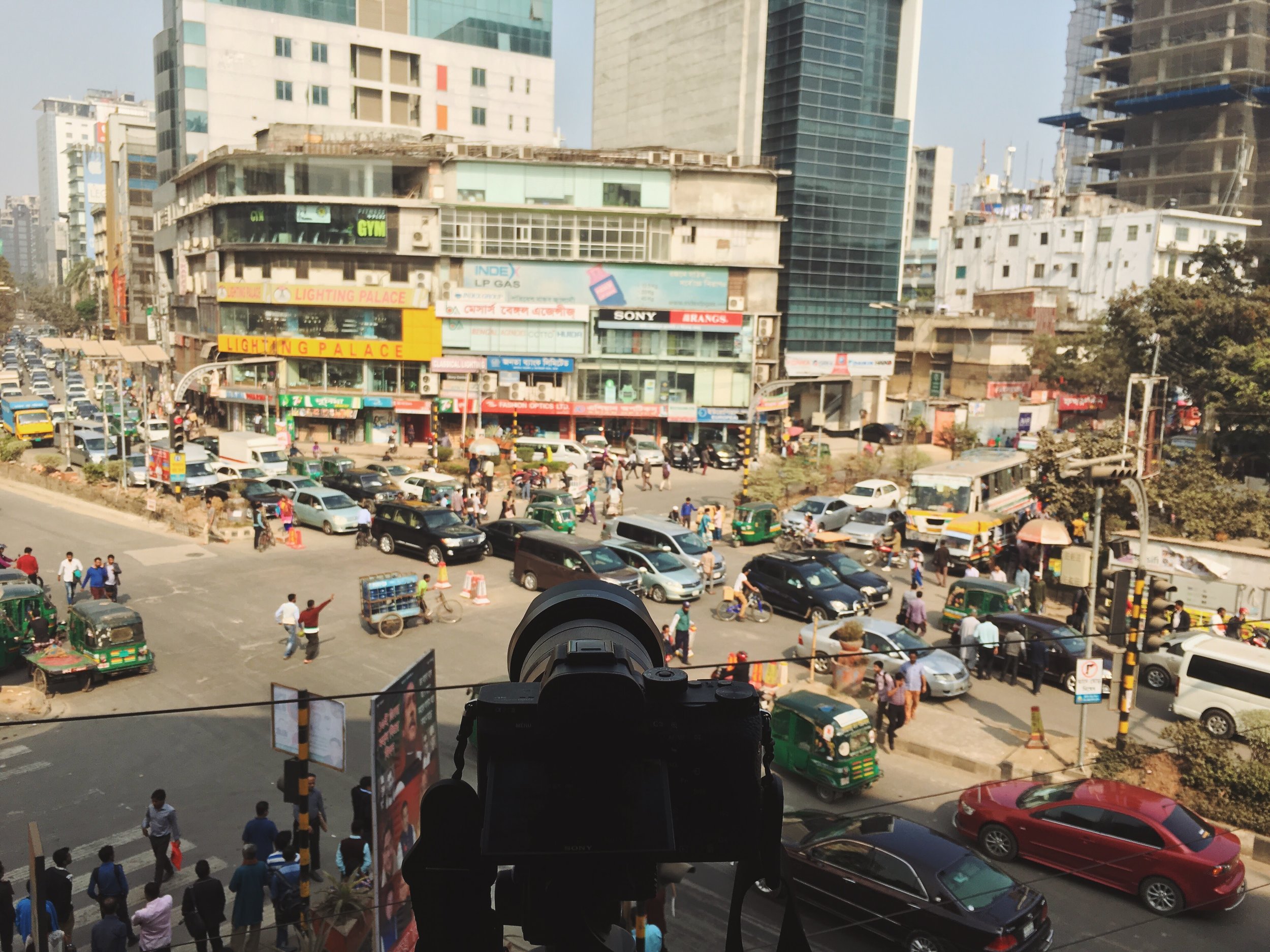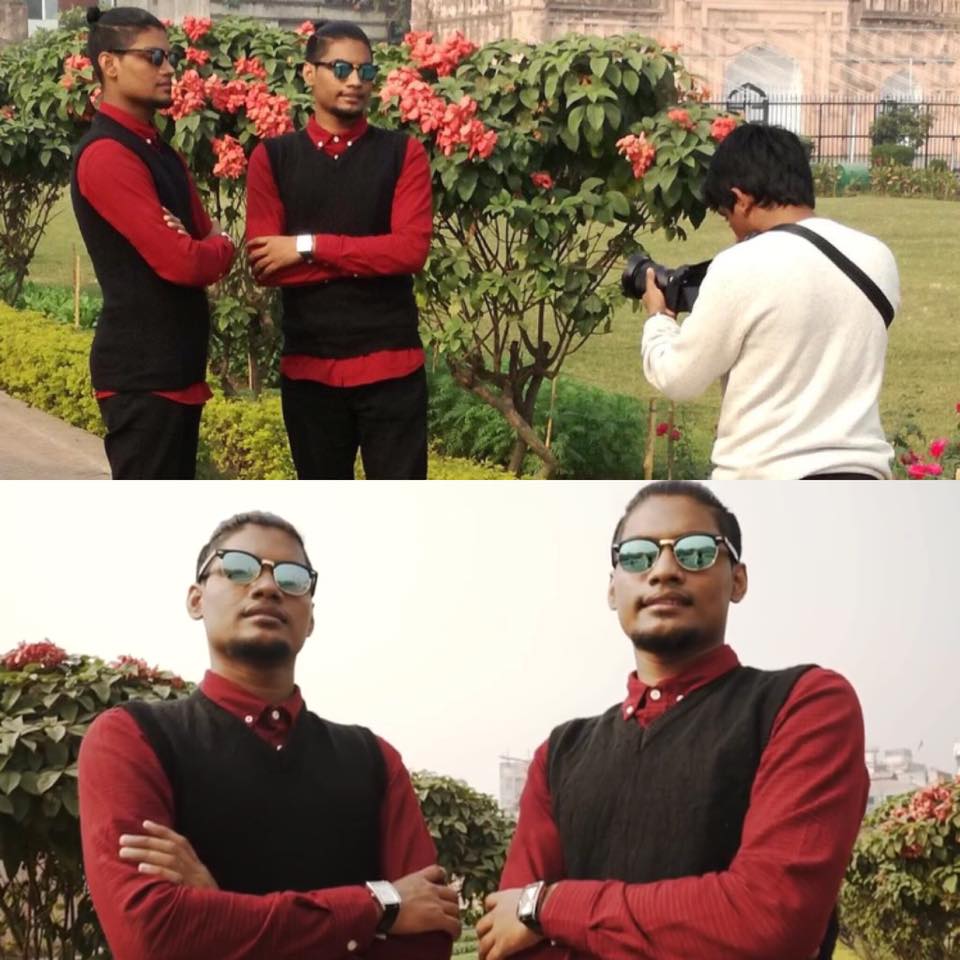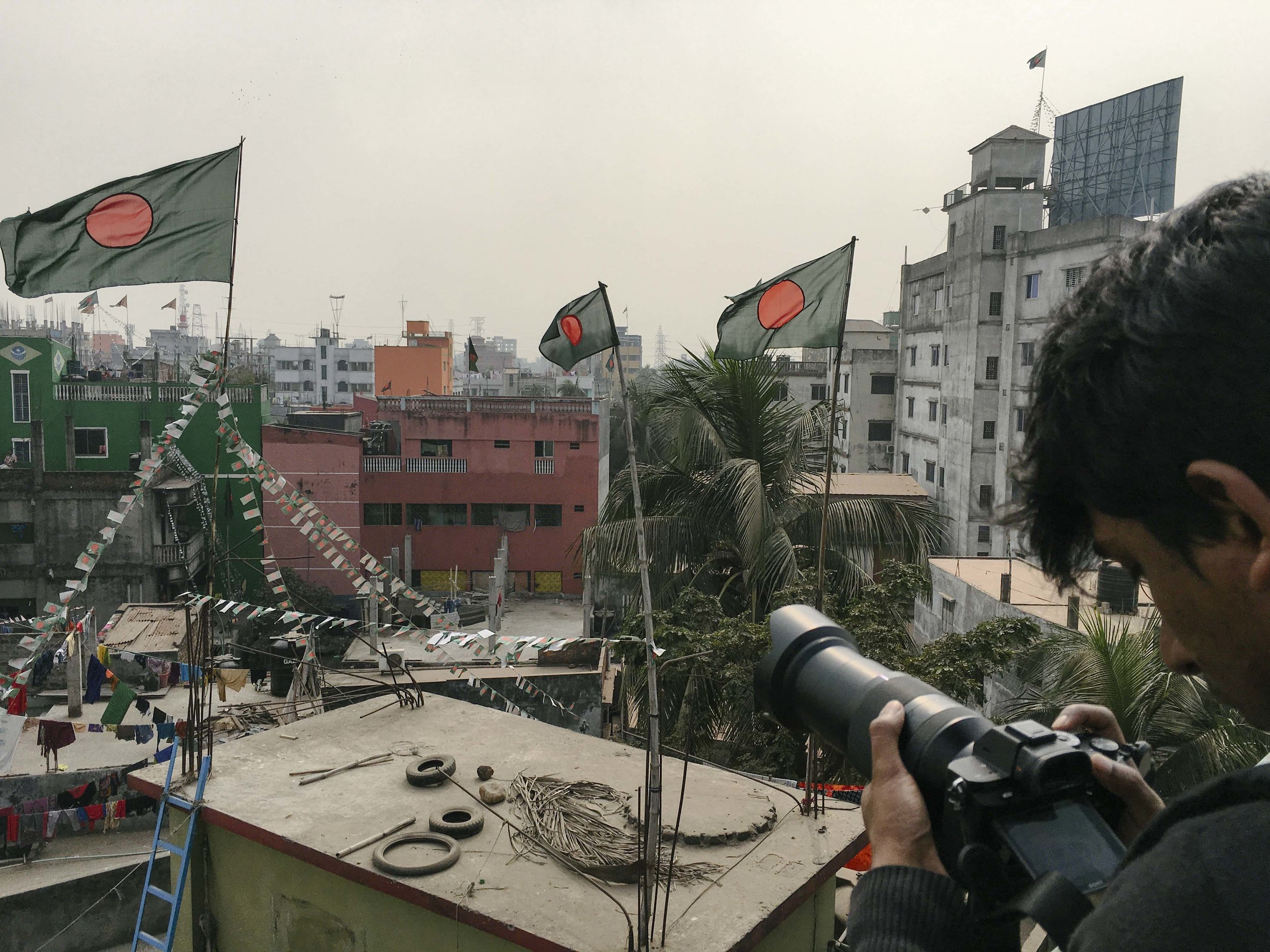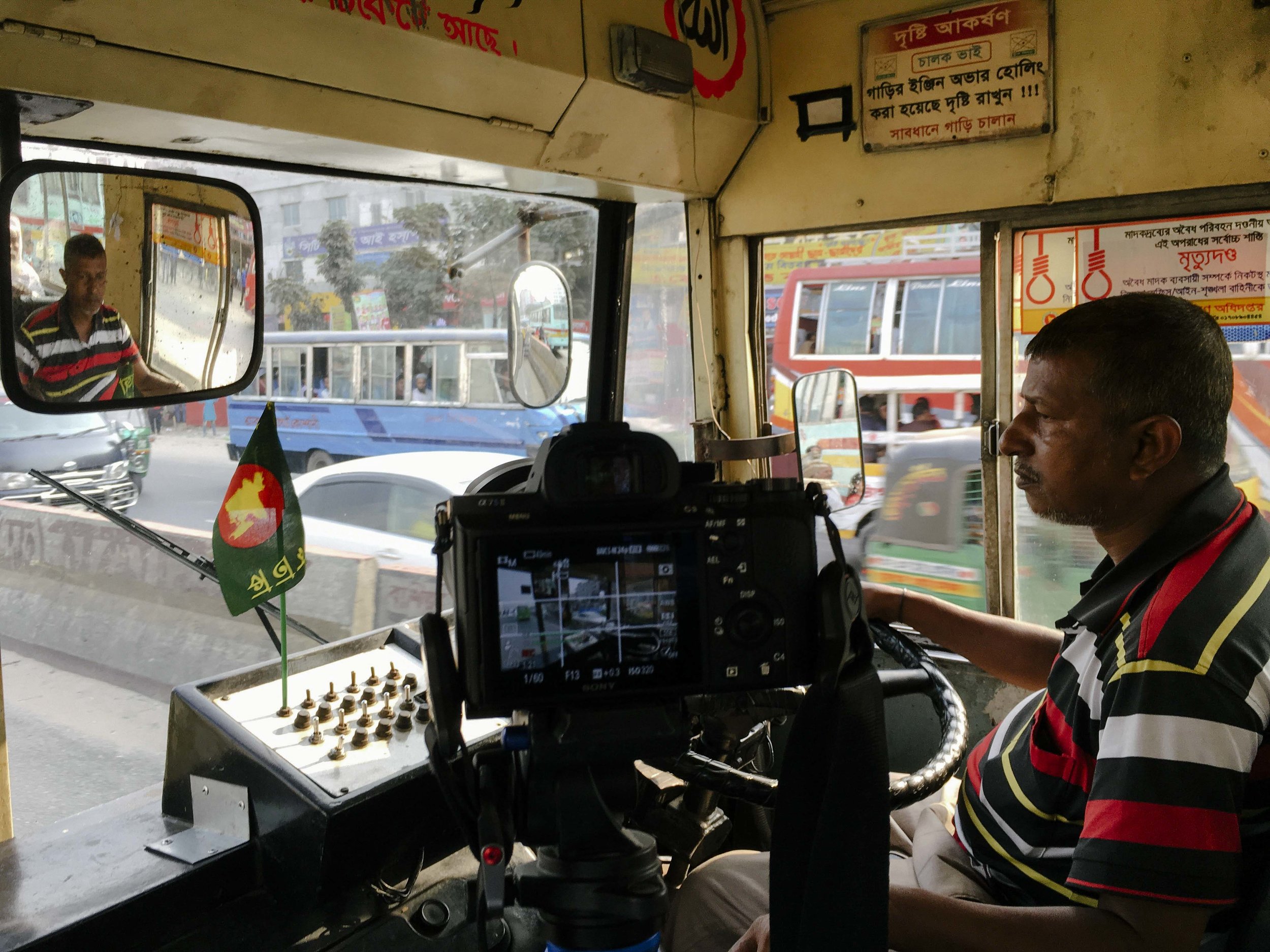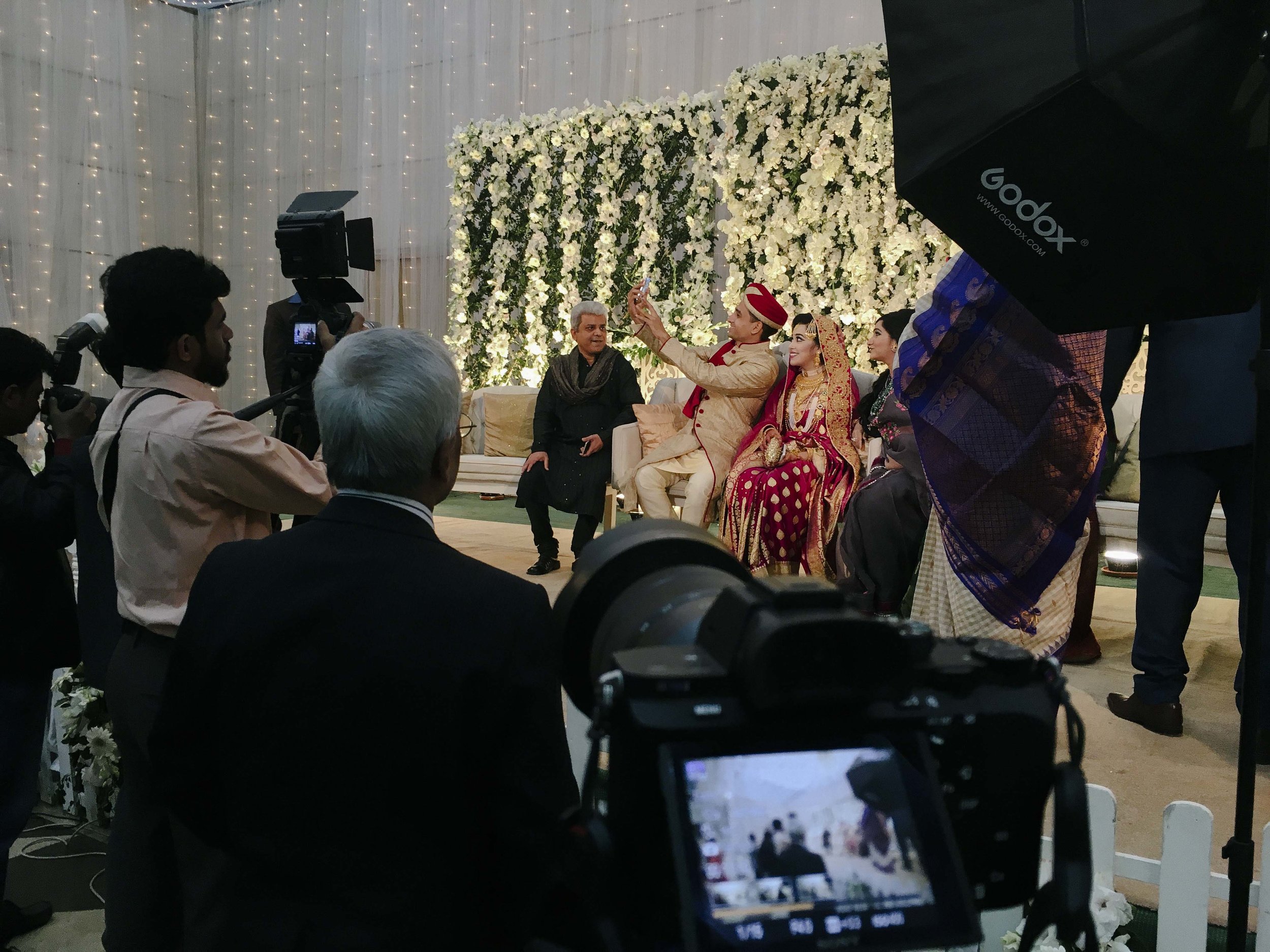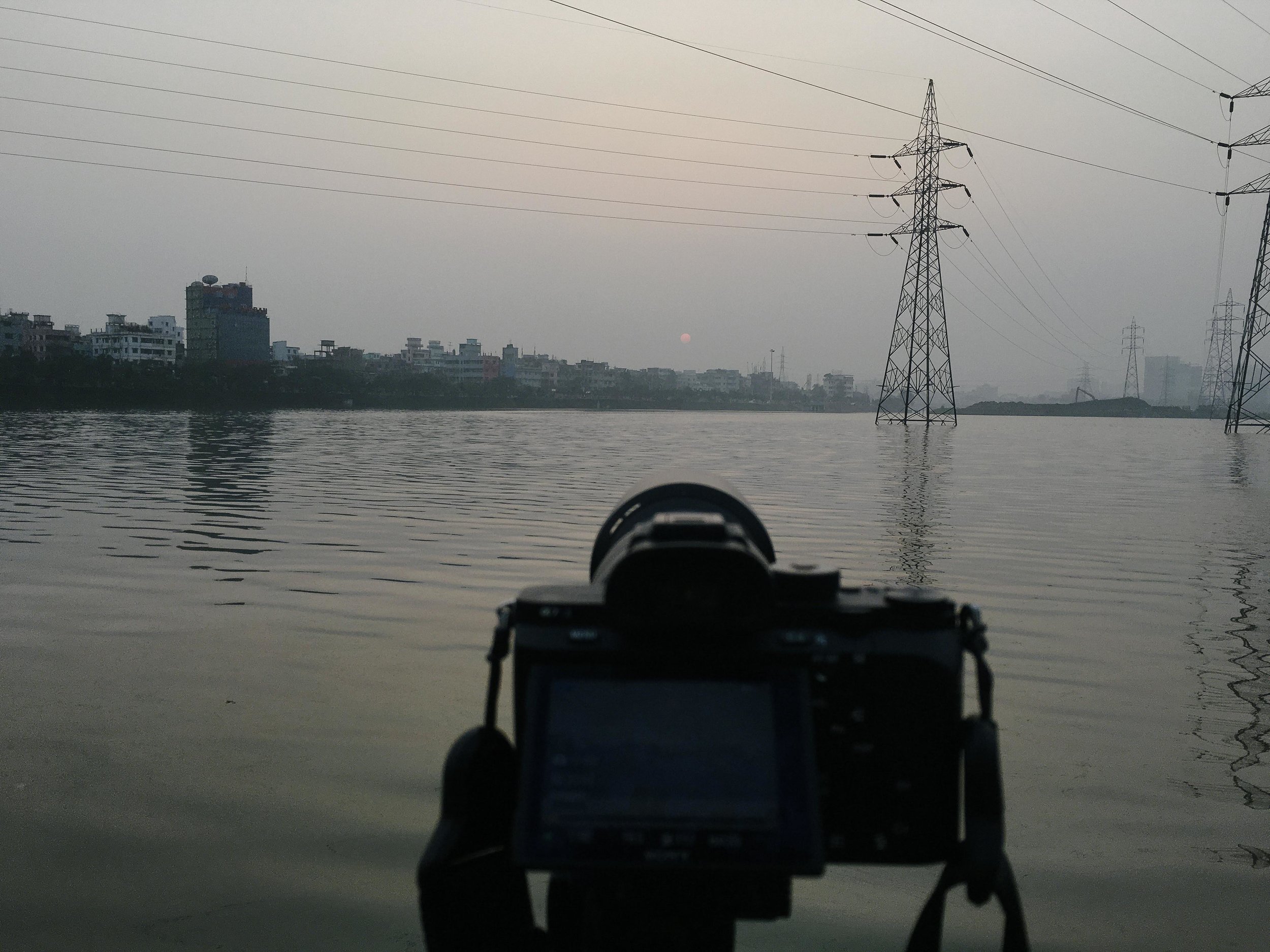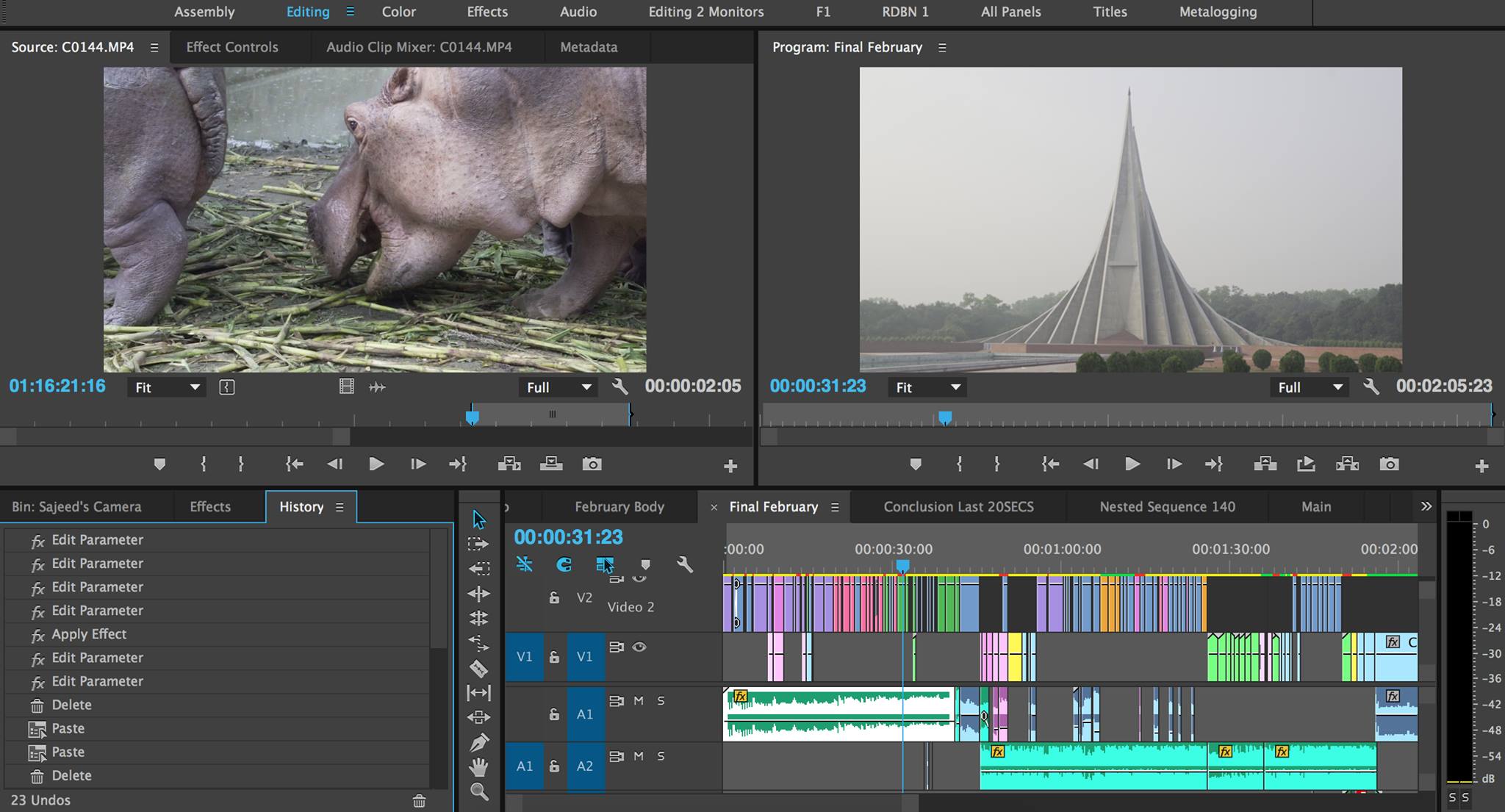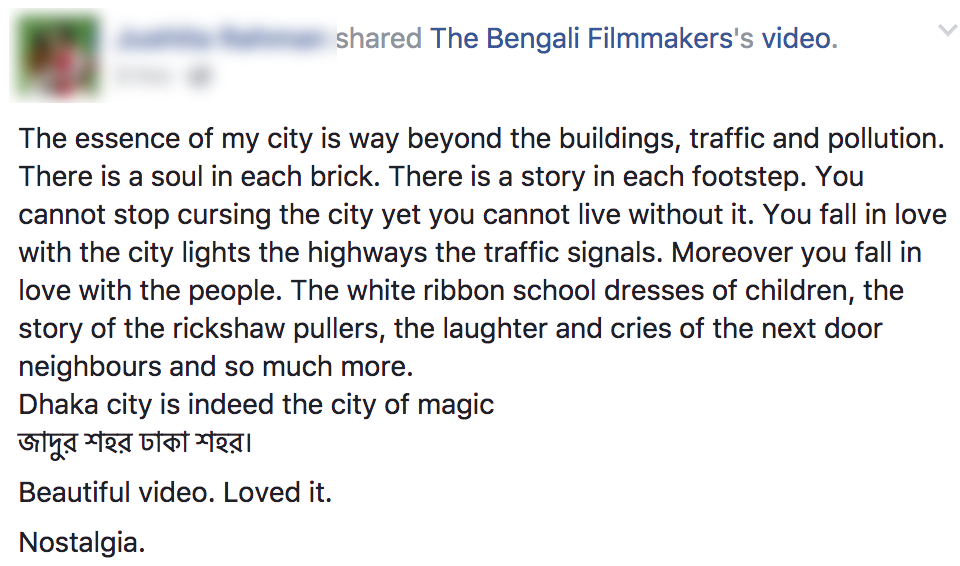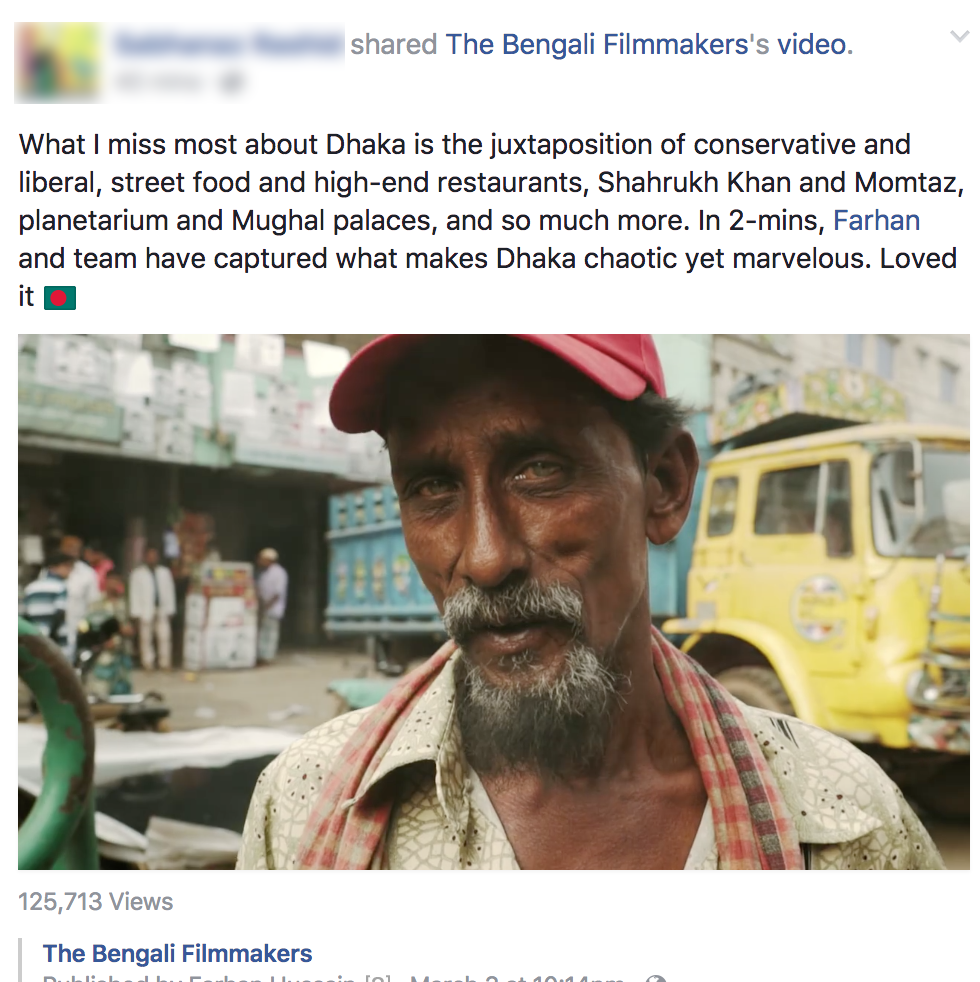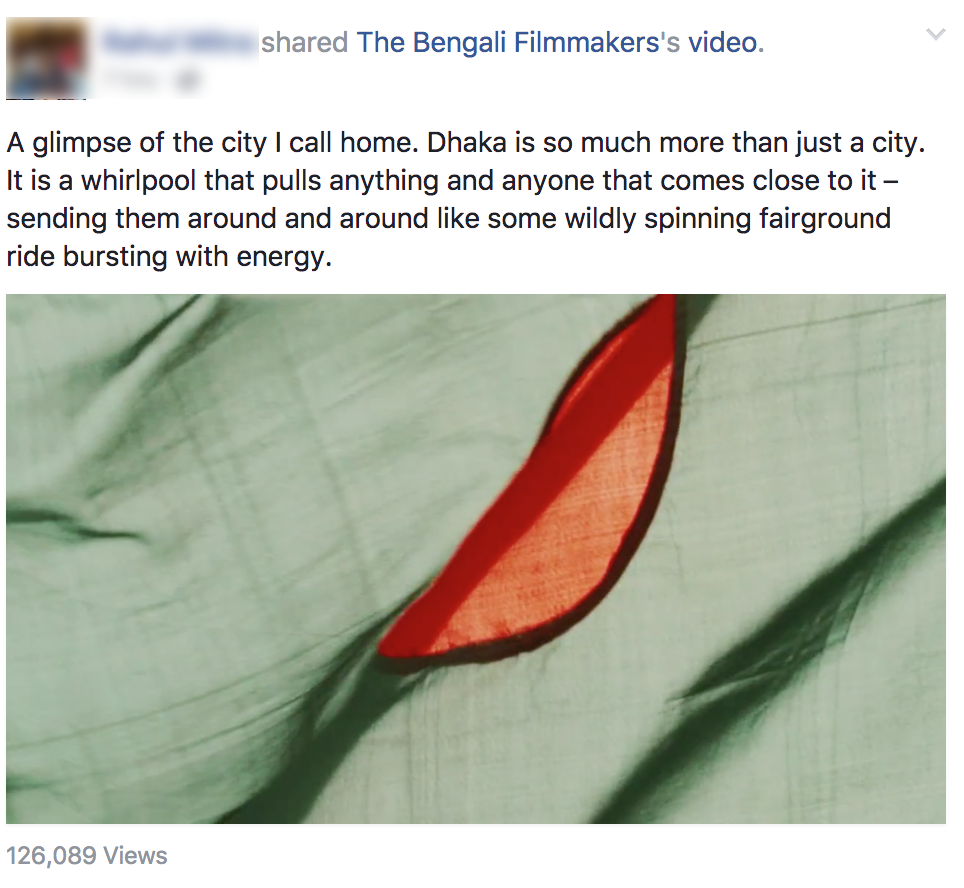Today, I'm starting on a journey of uploading a photo a day for the next 365 days. It's called project 365 in the photography world. Less cool now than it was a decade ago. But it has been on my bucket list. This time of the year is pretty bad for photos. The sun won't be smiling, it's cold, and overall just a less exciting time in the western hemisphere. Maybe there lies the challenge and I can learn a thing or two. Perhaps it will make me do things I won't have otherwise, like going to this beach just for this photo 📷 1/365
Along the Buntzen Lake trail, we came across a special tree. Viyan is sitting inside it. She has a unique visual perspective and I feel this portrait is befitting of her artistry. Right @sernaviyan? 📷 2/365
The time magically changed today. While all else remains the same for me, the Muslim prayer time which syncs with the sun shifts back an hour
📷 3/365
My colleague got an allergic reaction and ended up in the hospital. Fortuitously, I was attending the same event with friends and was able to cover for him as handed me the gear before leaving. I wasn't planning on posting this photo tonight, nor was my colleague planning on visiting the hospital. But that's life I guess 📷 4/365
I went in anticipating a whole lot of pain. The dentist said I don't need a root canal after all. Have to try ice-cream and retest 📷5/365
There was a time when Raihan and I would go to school together, played cricket, go to tutors at night, hangout without any purpose like only teenagers can, and then come back home around midnight. He lives in Edmonton now and we see each other once a year. But our conversations continue like it was yesterday 📷6/365
The premiere of UBC Faculty of Education videos featuring top researchers doing enlightened work. Dedicated one month of my professional life to this project. I don't usually get to see screenings of my work, glad to see folks watching it with popcorn 📷7/365
An intercultural wedding between a friend's brother and a friend's sister. Until the proposal, neither of the two friends had any clue that they would soon be family. Heartwarming to be their photographer in such a special moment 📷8/365
A brother’s portrait by sister 📷9/365
A sister’s portrait by brother 📷10/365
"The wound is the place where the light enters you" - Rumi
When Faiaz saw the photo, it reminded him of this beautiful quote 📷11/365
Office-mate. Father. Editor with 10,000+ hours experience. Without guru Kirk, I would not be thriving at my work technically and emotionally 📷12/365
We are both taking a photo 📷13/365
Farhaz, originally from the port city of Mombasa going to Calgary for a job interview 📷14/365
"Any interest in a full time gig at UBC? I’m sure I could get you an interview...". This email from Jessica kickstarted my career!
Apart from being amazing at her work, Jessica is a bundle of joy and a constant source of encouragement. Three years ago, when she was my boss, she believed in me way more than I did. She is taking the next step in her career and today was her farewell at UBC. Maybe one day we will send each other an email that again positively changes our lives! 📷15/365
This rainy day I'm studying English. I need to prove my English proficiency on my immigrant journey to becoming a Canadian. Have intense feelings about standardized tests. Maybe I'll write an essay, but I have to learn some English first 📷16/365
Deactivated Facebook. Maybe 348 days of Instagram to go 📷17/365
Deactivated Facebook. Maybe 348 days of Instagram to go 📷17/365














